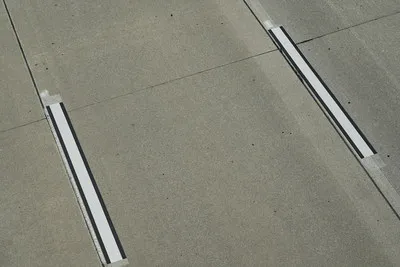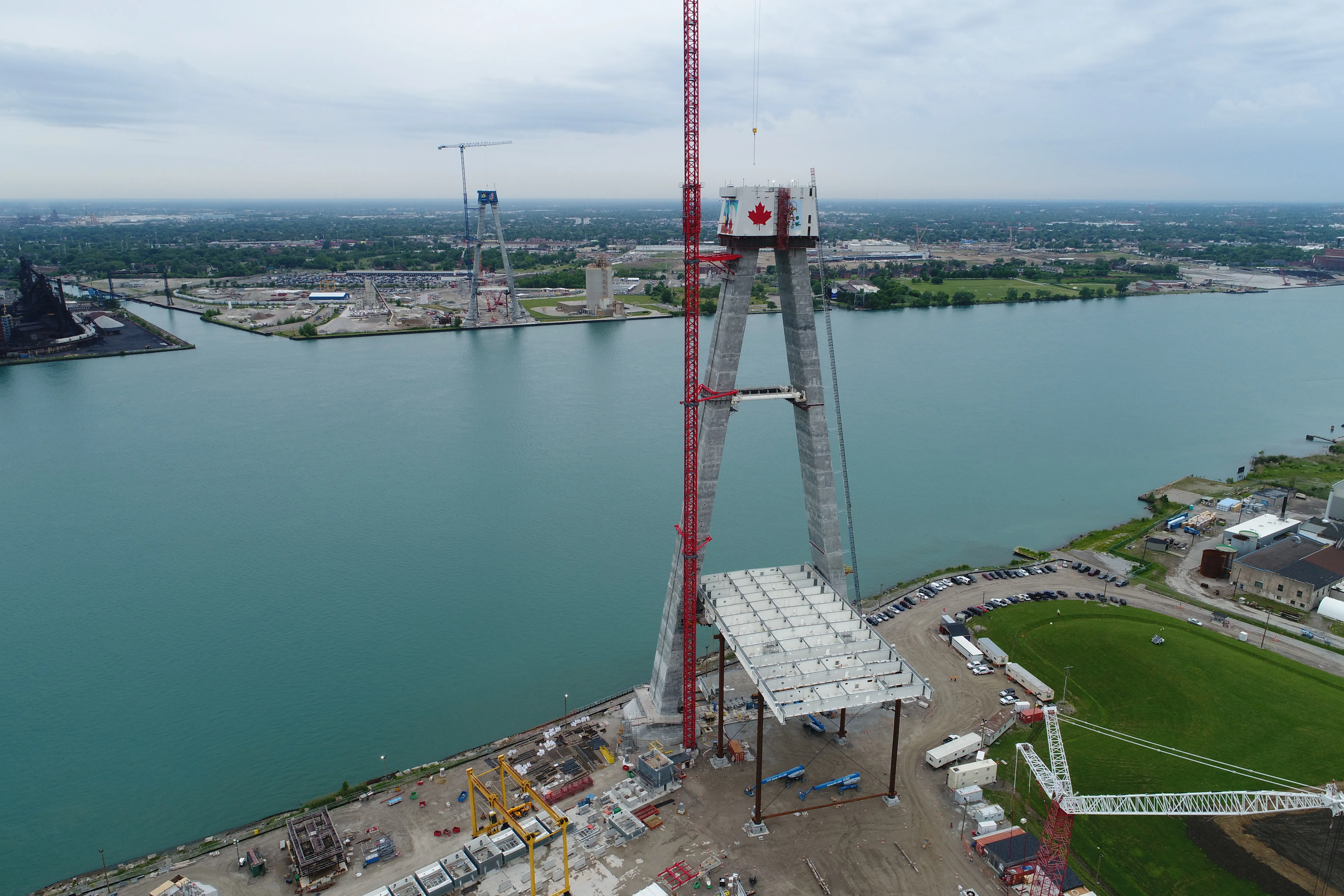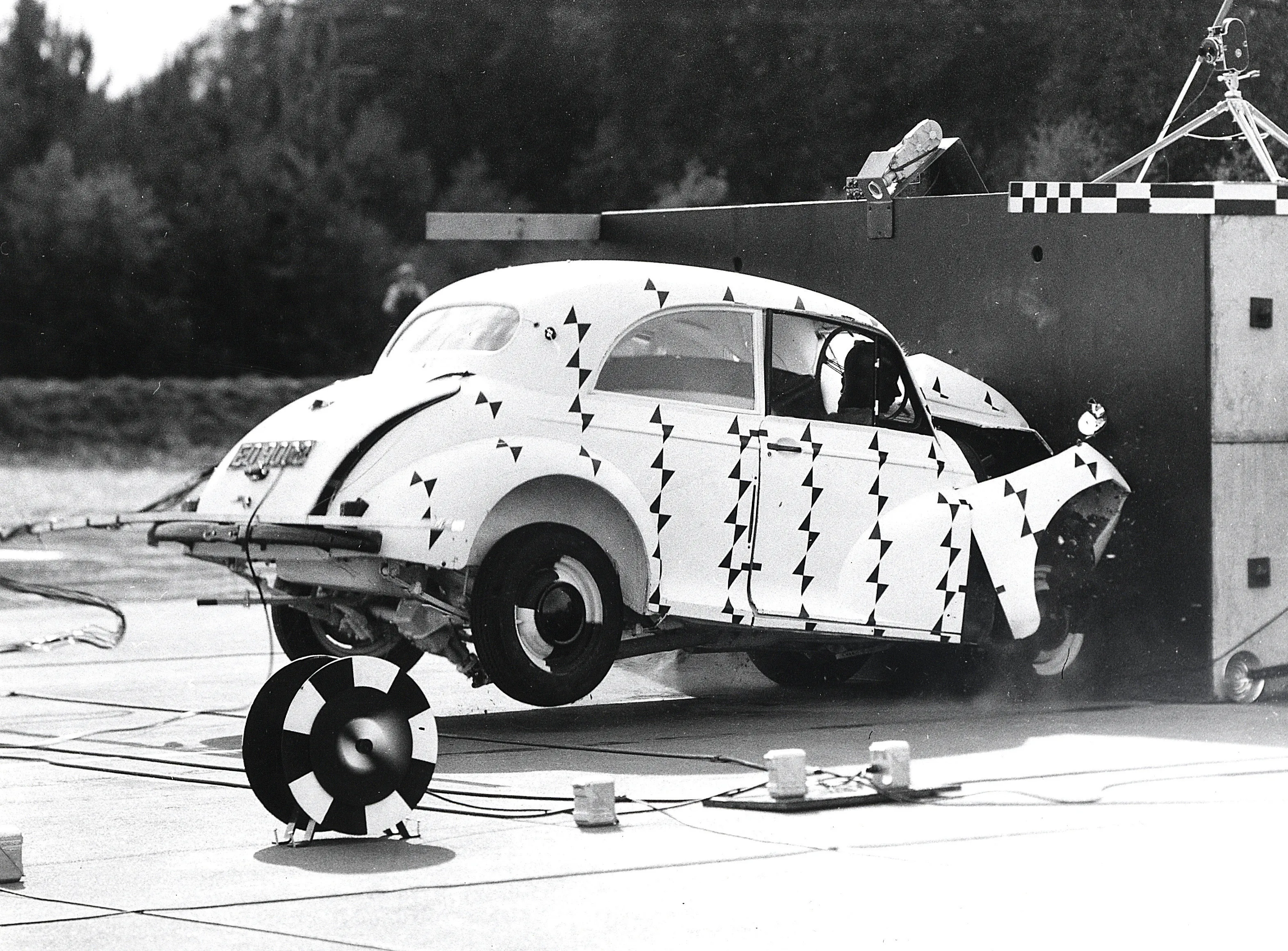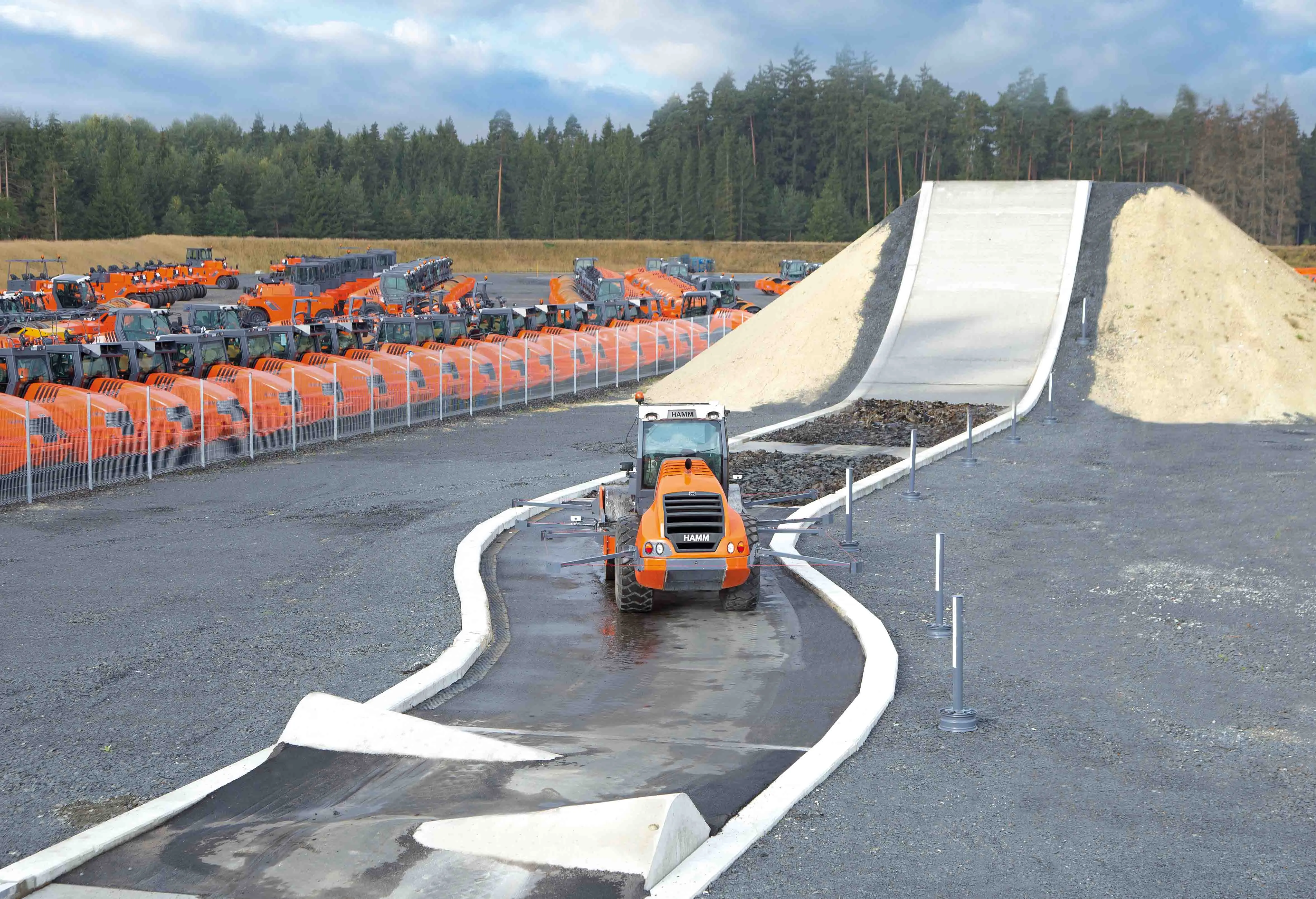
The initiative is part of the 407 ETR Living Labs programme of innovation to promote safety and next-generation transportation along the 140km route that opened in 1997 and was extended last year.
King's Highway 407 is a tolled 400-series highway in the province of Ontario comprising a privately leased segment and publicly owned segment. The road acts as a high-speed limited access bypass of the centre of Toronto. The segment between Burlington and Brougham is leased to and operated by the 407 ETR Concession Company and is officially known as the 407 Express Toll Route - 407 ETR.
The previous generation of lane markings on 407 ETR are on the road eastbound from Highway 427, some being traditional white and the rest contrast tape markings.
The retro-reflective high-contrast tape markings are being tested eastbound, east of the Humber River to Weston Road in lane 2 both sides - half of the distance has the first generation 7-inch-wide (178mm-wide) contrast tape and the remainder has the next generation 10-inch-wide (254mm-wide) contrast tape - the first such installation in Canada.
Both are wet reflective contrast tape. The 10-inch (254mm) is designed specifically to work better with ADAS and autonomous vehicles. Installation by contractor Total Traffic Services was done overnight .
So far, the lane markings performed well during the winter and during the rainy spring period experienced this year, according to 3M and 407 ETR.
Lane markings have traditionally helped delineate the lane to help drivers stay in their lane. The new lane marking technology will help ensure humans and machines make the most of the fast, safe and reliable ride tha407 ETR offers all drivers.
3M's ADAS-optimised Contrast Tape delivers a contrast between black and white. This allows for improved detection, especially on a low-contrast pavement such as concrete.
The new tape has four strengths which are important for 407 ETR, noted Jonathan Cliffen, connected roads lead, 3M Canada. The product has good wet-weather retroreflectivity and its colour contrast - black markings edging white - provide improved lane definition, essential on low contrast pavement such as concrete.
Also, the product’s durability allows long-lasting performance due to the science of Microcrystalline Ceramic Beads and inlay into the pavement.
"With success and support using 3M products in the past, the pilot project using 3M Connected Roads Contrast Tape made sense,” said Craig White, vice president of highway and tolling operations for 407 ETR. “It's important we remain ahead of the game when it comes to autonomous vehicles for the safety of drivers and passengers."









